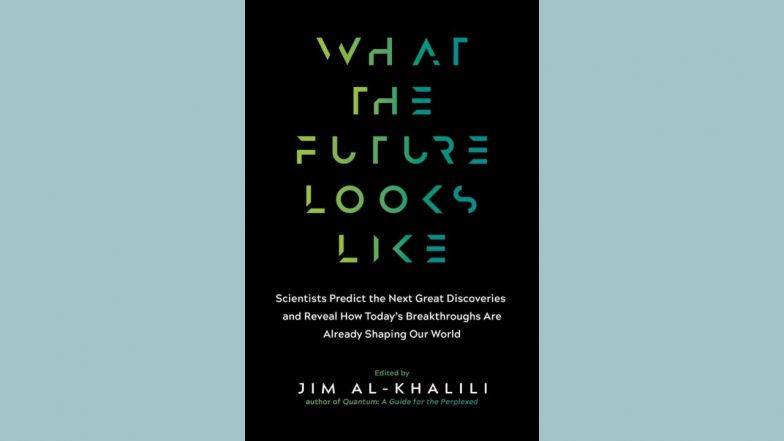Summary
What the Future Looks Like: Scientists Predict the Next Great Discoveries and Reveal How Today’s Breakthroughs Are Already Shaping Our World
Science fact, not science fiction, on the cutting–edge developments that are already changing the course of our future
Every day, scientists conduct pioneering experiments with the potential to transform how we live. Yet it isn’t every day you hear from the scientists themselves! Now, award–winning author Jim Al–Khalili and his team of top-notch experts explain how today’s earthshaking discoveries will shape our world tomorrow―and beyond.
Source: Amazon
OnAir Post: What the Future Looks Like
About
Pull back the curtain on:
- genomics
- robotics
- AI
- the “Internet of Things”
- synthetic biology
- transhumanism
- interstellar travel
- colonization of the solar system
- teleportation
- and much more
And find insight into big–picture questions such as:
Will we find a cure to all diseases? The answer to climate change? And will bionics one day turn us into superheroes?
The scientists in these pages are interested only in the truth―reality–based and speculation–free. The future they conjure is by turns tantalizing and sobering: There’s plenty to look forward to, but also plenty to dread. And undoubtedly the best way to for us to face tomorrow’s greatest challenges is to learn what the future looks like―today.
Jim Al–Khalili
Theoretical physicist, author, and broadcaster Jim Al–Khalili’s numerous other books include Quantum and Paradox. In 2016 he received the inaugural Stephen Hawking Medal for Science Communication.
Jim Al-Khalili CBE FRS is a quantum physicist, author and broadcaster and one of the best-known science communicators in Britain. He holds a Distinguished Chair in Physics at the University of Surrey where he teaches and conducts his research. He received a PhD in nuclear theory in 1989 and has since published over 100 research papers. He has written twelve books on popular science, between them translated into over twenty-six languages, as well as his first novel, Sunfall. He is a regular presenter of TV science documentaries and the long-running Radio 4 programme, The Life Scientific. He is a recipient of the Royal Society Faraday medal, the Institute of Physics Kelvin Medal and the Stephen Hawking Medal. His latest book, The World According to Physics, was published in 2020 by Princeton University Press. His new book, The Joy of Science, in out in Spring 2022.
Product details
- Publisher : The Experiment
- Publication date : April 17, 2018
- Language : English
- Print length : 240 pages
- ISBN-10 : 1615194703
- ISBN-13 : 978-1615194704
- Item Weight : 8.8 ounces
- Dimensions : 5.6 x 0.7 x 8.3 inches
- Best Sellers Rank: #1,530,076 in Books (See Top 100 in Books)
- #228 in Science Essays & Commentary (Books)
- #4,742 in History & Philosophy of Science (Books)
- #11,662 in Philosophy (Books)
- Customer Reviews:
Web Links
Editorial Reviews
“In this collection, eminent writers flesh out the future of science and technology, from genomics to robotics to synthetic biology.”
― The New York Times Book Review
“The predictions and impacts are global. . . [and] the book contains far more fascinating information than can be covered in this review.”
― Choice
“This book is filled with essays from experts offering their informed opinions on what the science and technology of today will look like in the future, from smart materials to artificial intelligence to genetic editing.”
― Popular Science
“Fun is an understatement. This is a great collection to get the summer book season started.”
― Forbes.com
“The focus on sincere, factual presentation of current and future possibilities by leading experts is particularly welcome in this era of fake news and anti-science rhetoric.”
― Library Journal
“Covers an array of cutting-edge scientific developments and attempts to solve intractable problems. Al-Khalili’s team of experts discusses genomics, robotics, interstellar travel, and more.”
― Publishers Weekly
“A collection of mind-boggling essays that are just the thing for firing up your brain cells.”
― Saga Magazine


